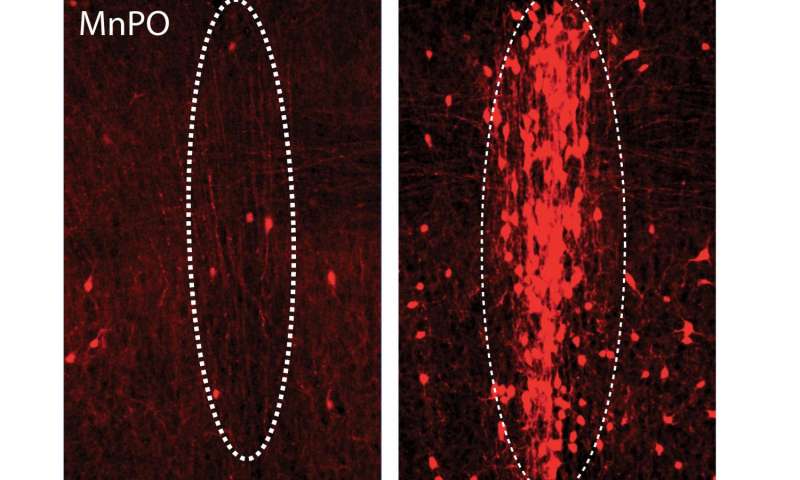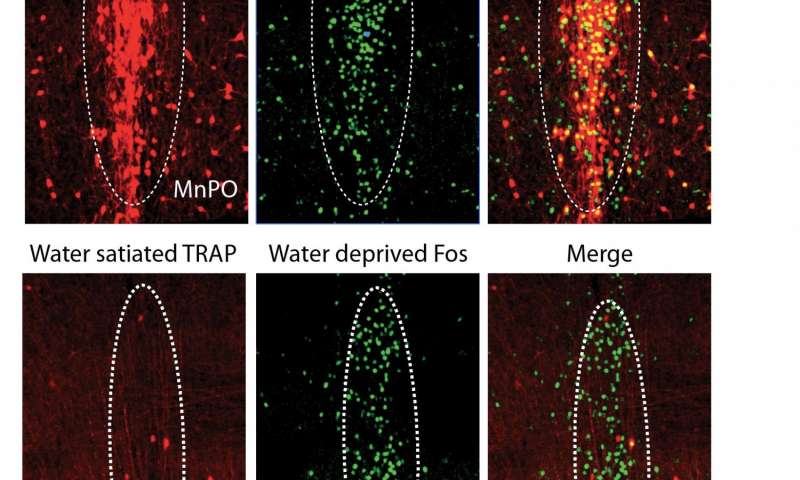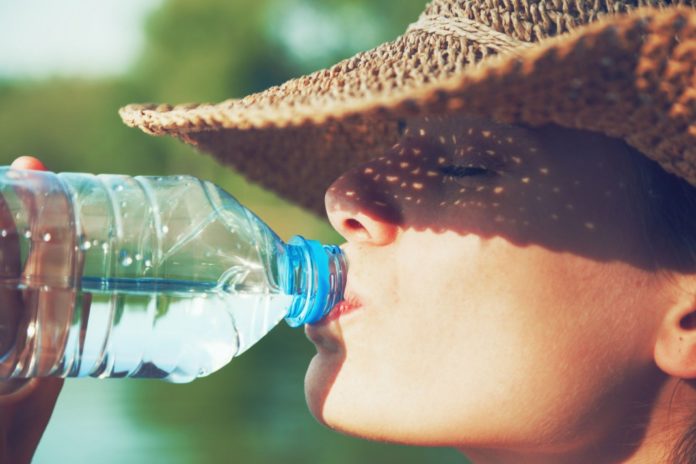Most of us would say, thirst is a dry feeling in the throat. But, it is not a feeling instead it is an essential mechanism involved in fluid balance. If we don’t drink water for a long time, our body recalls us drinking water via dry mouth or a strong urge to consume liquid. But now, Stanford scientists have solved a mystery of What makes us thirsty.
Scientists suggest the answer lies in a set of neurons deep in the brain. The study supports decades old theory known as drive reduction. But that was not exactly scientists set out to do. They started working with neuroscientists who work with mice and rats almost always manipulate using water.
Liqun Luo, Ph.D., a professor of biology said, “The majority of the experiments where you train animals to do something, you water restrict them and then give them water as a reward. In other words, if you make a mouse really thirsty, you can get it to do what you want by promising sips of water in exchange. The problem is, it doesn’t work forever. If a mouse drinks enough water, it gets less thirsty, and one drop of water starts to be a lot less motivation.”

Scientists then turned out to discover how it worked. For this, they genetically modified the mice using the TRAP2 technique. The technique allows scientists tag neurons actively firing in response to specific stimuli. Next, they introduced further genetic modifications to the tagged neurons.
Scientists first used the technique in mice without water, then added an innovation of Deisseroth’s, optogenetics, or light-sensitive genes. This allowed them to turn tagged neurons off and on by using a fiber optic light.
They identified the tagged neurons regulates or drive thirst. Not only could the researchers make satiated mice drink, they could finely control how often those mice went to drink, that is, how often they pressed a lever in order to obtain water, just by changing how often they stimulated thirst neurons.
Through their experiments, scientists also showed that they could train mice to press a lever by simply to turning off optogenetic activation of thirst neurons.

Via few other experiments, they come to know that animals drink water in order to feel less bad.
Graduate student William Allen said, “We are not so much pursuing something rewarding as trying to alleviate an uncomfortable sensation or reduce an aversive drive. Similar mechanisms may be at work for other types of natural or pathological motivational drives, such as mating impulses or drug addiction.”
